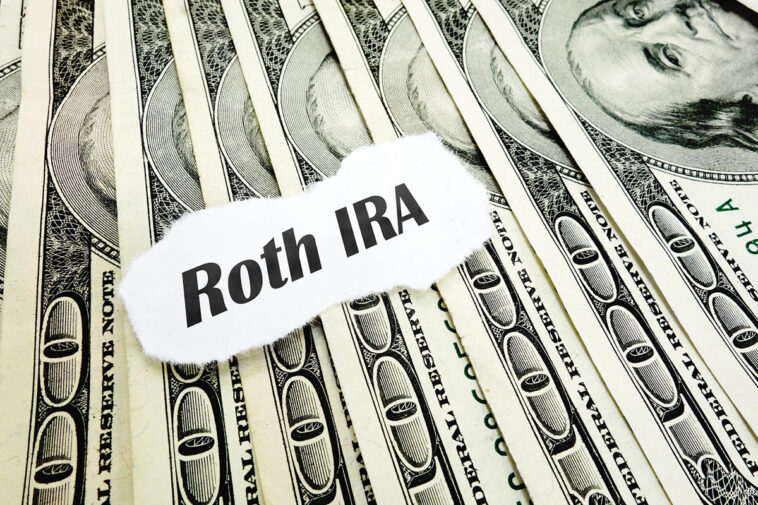A retirement fund is a savings account where money is put aside and spent in retirement. There are some common types of retirement plans; they include 401(k), Traditional IRA, Roth IRA, SEP IRA, Simple IRA and, Simple 401(k), Solo 401(k). A 401(k) plan is a retirement savings plan defined by a fixed contribution that is tax-advantaged and facilitated by the employer. There are two types of 401(k)-Roth and tradition.
Owning a second home can be a lucrative idea for some people. Whether it’s a lake house, forest house or a condo where they can travel to relax their minds, additional planning, such as the source of finance, is an essential factor to consider.
When using retirement funds to buy a second home, consider some of the following ways:
1. Taking Out a Loan Against the 401k

Taking a loan against the 401k is one way of using retirement funds to buy a second home since requesting a loan is easy and quick with fewer applications. Money is withdrawn from the 401k if you’re less than 59 1/2; it is susceptible to a penalty of 10%. So instead of pulling out money from the 401k, it would be wise to consider a loan against it. The IRS allows a loan amount of up to less than $50,000 or half of the value of the 401k.
There are a few other matters to take into consideration. First, being able to borrow against the 401k depends on the plan administrator. Some allow it, and others do not. Second, most plans require an interest payment period of five or less than five years. Interest is calculated to one or two percent above prime, but the best thing is that it is put back into the retirement account, so you’re just repaying yourself.
Penalty Exceptions on Roth 401(k)
As stated earlier, money withdrawn from the 401k and you’re less than 59 1/2 is susceptible to a penalty of 10%. But if one believes that the rate of return from a second home would be beneficial even after the penalty, it would be worth considering.
2. Withdrawing Money from Roth IRAs

Withdrawing earnings on contributions during the first five years after the initial contribution from a Roth IRA or traditional IRA to use to pay a down payment on a second house is subject to a 10% penalty. The funds can be a down payment on a second house; however, there is a 10% penalty on the funds.
3. Withdrawing Money from Self-directed IRAs.
You can withdraw money from a self-directed IRA to purchase a second home and avoid taxes/penalties, but it is cumbersome and involves complex financial transactions. Another con is that the self-directed IRA will own the house, and neither you nor your family can live in that home. It is worth noting that the funds can only buy and not build property. Sophisticated investors mainly use this method of home ownership.
Conclusion
IRS penalties can make it difficult for you to invest using retirement funds to buy a second home, but that doesn’t mean it’s impossible. If one has several good years before retirement, it would be something to consider for some investors.





